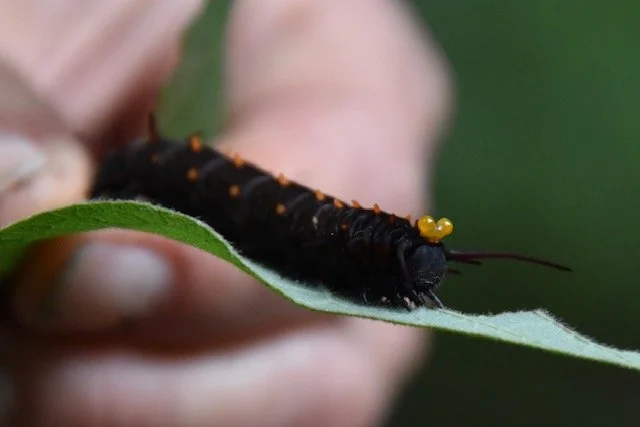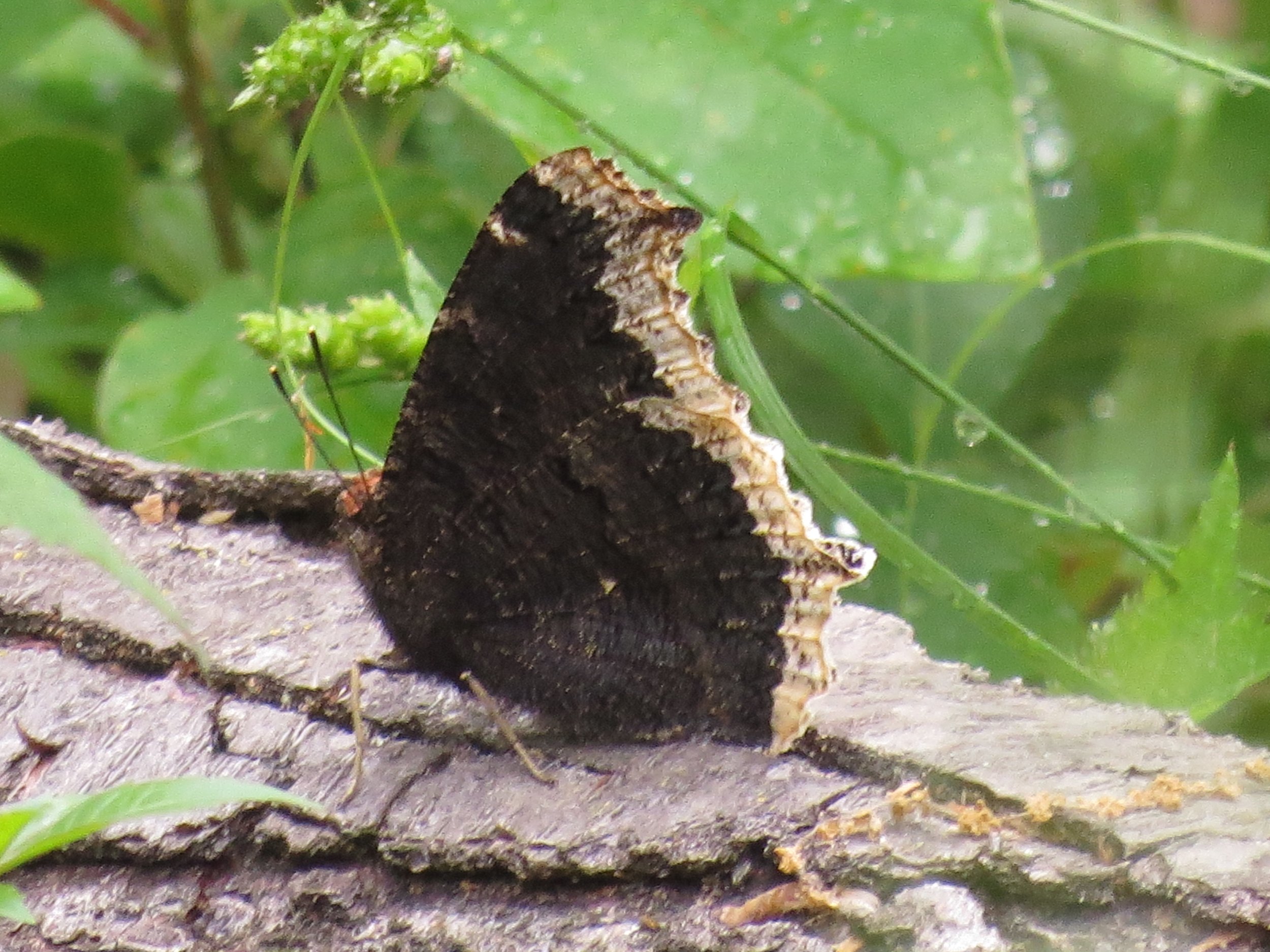Butterfly Bush, Resident Evil or Trusted Friend?
/Painted Lady enjoying addictive elixir of butterfly bush?
Lately on Facebook an article about butterfly bush, and specifically how awful it is, has been circulating. The article declares three basic evils associated with butterfly bush, and why people should never plant it again in their home landscapes.
First, the fact that butterfly bush is not native to the United States (it is native to China) and has become invasive in certain parts of America is reason to not plant it. There is some value to this argument. Yes, in certain states butterfly bush has become a noxious weed, taking over large areas of natural habitat. Ohio is one of the states, while not receiving noxious status, where butterfly bush is considered invasive. With that said however, I have grown butterfly bush in southeast Ohio for eight years and not once have I found a seedling or a root clone. In fact, my butterfly bush has had a terrible time surviving the winter. My hunch is that the escape of butterfly bush, at least in Ohio, has more to do with landscaping/gardening technique than with the butterfly bush itself.
As I grow butterfly bush, I do not water it, fertilize it, or mulch it. In my yard every plant is very much on its own. One thing I do practice religiously is deadheading of spent flowers. If spent flowers are removed, then seedlings cannot start.
Secondly, in the US there are no butterflies or moths who use butterfly bush as a caterpillar host plant and therefore by planting it you are preventing reproduction of our lepidopteran friends. This also has a certain amount of merit. However, I have yet to find anyone who plants their entire home landscape in a monoculture of butterfly bush. Likewise, this same argument could be used for marigolds, begonias, petunias, daylilies, hostas, and a wide range of other non-native plants, of which I have seen entire yards planted in, and of which there are ‘societies’ to encourage the planting of these evils.
Eastern Tiger Swallowtail refueling with butterfly bush.
Finally, the article claims that butterfly bush flower nectar is inferior to native flower nectar. I decided to research into this. I could not find any specific research that declared butterfly bush nectar to be bad or lacking in nutrition. I did find a research paper by Gao Chen, et al (2014) in which butterfly bush sugar content was measured. Chen, using butterfly bush plants in their native China, found that sugar concentration ranged from 17%-33%, with an average of 24%.
In another paper by Hill and Pierce (1989), the authors, using Imperial Hairstreak in Australia, fed butterflies a diet of 0, 1, 25, and 50% sugar content and then tested the butterfly’s longevity and fecundity against the diet the butterflies consumed. What Hill and Pierce found was that the butterflies on the 25% sugar content diet had the greatest longevity of all diets. Also, fecundity (essentially the number of eggs produced) was positively impacted by the two higher sugar concentrations. However, butterflies on the 50% sugar content diet tended to become obese which actually cost them longevity.
In addition, Hill and Pierce also tinkered with the protein content of the butterfly’s diet. What the authors found was that protein levels had no effect on longevity and fecundity.
When I put these two studies together, I am led to believe that the 24% sugar content of butterfly bush nectar truly should not be a problem. If the nectar was not sufficient, butterflies would not consume it. Actually, what we have found at Butterfly Ridge the last two years, is that butterflies have largely ignored the butterfly bush in favor of cup plant and ironweed.
An argument that I have heard others use is that butterfly bush nectar is higher in sucrose than in glucose or fructose and therefore has an addictiveness about it. In Culin (1995), the author does document that butterfly bush does have an unusually high concentration of sucrose in its sugar composition. But to say that butterfly bush nectar has an addictive quality is silly, since I have observed countless butterflies turn their noses up at butterfly bush in favor of bergamot, cup plant, and ironweed. What drug addict would decline a hit of his favorite drug for a sprig of broccoli?!
Don’t get me wrong, I am absolutely a native plant nerd and I encourage folks to plant native at every turn. However, shaming people into ripping out the butterfly bush at the corner of their residential lot is a control tactic and nothing else. A single butterfly bush in your yard is not the end of anybody’s world. Coupled with dedicated deadheading and an ample supply of native nectar and host plants, butterfly bush can provide a nice accent in places where butterfly bush is not on a noxious weed list.
Chen Gao, et al. 2014. Inflorescence scent, color, and nectar properties of “butterfly bush” (Buddleja davidii) in its native range.
Culin Joseph. 1995. Relationship of Butterfly Visitation with Nectar Qualities and Flower Color in Butterfly Bush, Buddleia Davidii.
Hill C.J. and N.E. Pierce. 1989. The effect of adult diet on the biology of butterflies.













